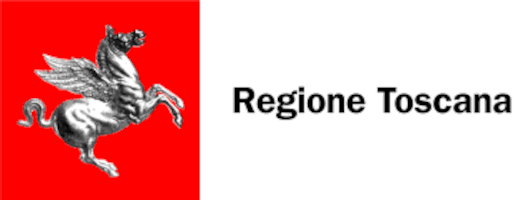

The inhabited nucleus was built at the end of the 13th century on the initiative of the Municipality of Siena, which identified the strategic position of the river valley as an opening towards the sea of the Sienese territories. The town was a real fortified Frankish village, capable of fulfilling customs and free trade functions, equipped for the defense of the lower Ombrone Valley. In 1273 it was already the site of a weekly market. The urban layout, articulated on two main road axes, perpendicular to each other, and characterized by straight roads, characterize the center as a new village, purposely built on the basis of a precise planning. In 1328 it underwent a first destruction by Castruccio Castracani and between 1333 and 1335 the city walls were restored and completed by the architect Lando di Pietro.
Together with Siena, in the mid-sixteenth century it became part of the Grand Duchy of Tuscany and in 1555 was destroyed by the imperial armies. In 1602 the Marquis of Paganico Antonio de 'Medici, natural son of Francesco I de' Medici, was created. In 1630 the marquisate passed to the Patrizi di Siena family who then moved to Rome, whose titles and assets passed to the Naro Montoro patricians.
The center was an autonomous municipality until 1928, the year of birth of the current municipality of Civitella Paganico, of which Paganico is a fraction. There are numerous evidences that testify the importance of this inhabited center in the past. the keep and the massive walls that can be seen upon entering the town; the church of San Michele and the town hall, the order of the urban layout. A stop in this place will certainly be worth it.



PIANO DI SVILUPPO E COESIONE – PSC TOSCANA
INTERVENTI DI CUI ALLE RISORSE FSC DELIBERA CIPESS 26/2021
Supporto alla valorizzazione dell’immagine della Toscana – Maremma Toscana Area Sud
Progetto Maremma Toscana Area Sud